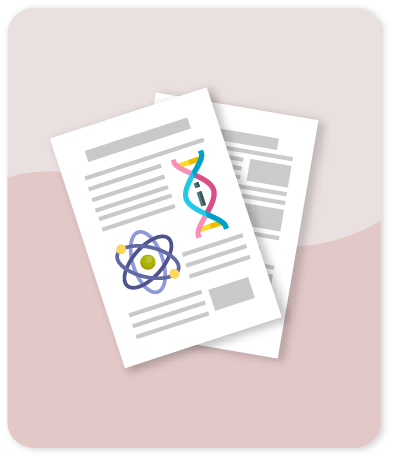Why is quercetin a better antioxidant than taxifolin? Theoretical study of mechanisms involving activated forms

Compartir este ítem
Fecha
2013Autor
Osorio E.
Perez E.G.
Areche C.
Ruiz L.M.
Cassels B.K.
Florez E.
Tiznado W.
Citación
Metadatos
Mostrar el registro completo del ítemResumen
The stronger antioxidant capacity of the flavonoid quercetin (Q) compared with taxifolin (dihydroquercetin, T) has been the subject of previous experimental and theoretical studies. Theoretical work has focused on the analysis of hydrogen bond dissociation energies (BDE) of the OH phenolic groups, but consider mechanisms that only involve the transfer of one hydrogen atom. In the present work we consider other mechanisms involving a second hydrogen transfer in reactions with free radicals. The relative stability of the radicals formed after the first hydrogen transfer reaction is considered in discussing the antioxidant activity of Q and T. In terms of global and local theoretical reactivity descriptors, we propose that the radical arising from Q should be more persistent in the environment and with the capability to react with a second radical by hydrogen transfer, proton transfer and electron transfer mechanisms. These mechanisms could be responsible of the stronger antioxidant capacity of Q.
Colecciones
- Indexados Scopus [1813]
